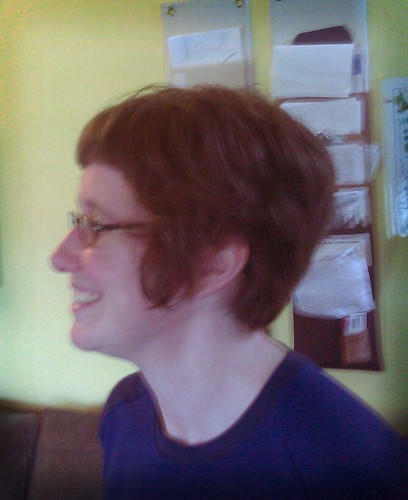
author: Richard W. Wrangham
name: Elaine
average rating: 3.84
book published: 2009
rating: 3
read at: 2010/04/25
date added: 2013/03/03
shelves: history, non-fiction, psychology, science, sociology, health
review:
Review of the evidence for cooking as an important part of our evolution, looking at the fossil record, the habits and physiology of other primates, and the practices of modern hunter-gatherer groups.
He spends a chapter taking down the raw-foodist movement, mostly based on a German study, before getting into the evidence for cooking in our evolution. Most of that study’s participants were at a chronic energy deficit, and a number of the women suffered from amenorrhea…and they had access to all the foodstuffs and processing devices of the modern world!
The physiology bits were fascinating: the trade-off between energy use in the gut and energy use in the brain, the differing jaw and teeth formations.
There’s quite a bit of just-so-story of the kind that one often finds with evolutionary psychology & biology, but it seems more carefully constructed than some. The chapter(s) on cooking and the evolution of the pair-bond relationship are troubling but hard to refute, at least by me. (Cooking leading pretty much directly to patriarchy. Damn.)
I could have used some graphics, both to show the actual differences, and to keep track of the timeline. I often had to jump back to remember which groups were which, and who might have evolved what when.
But definitely interesting nonetheless.




